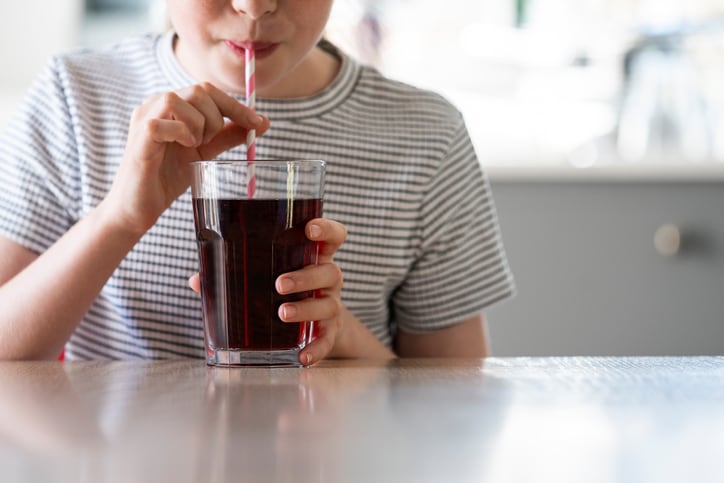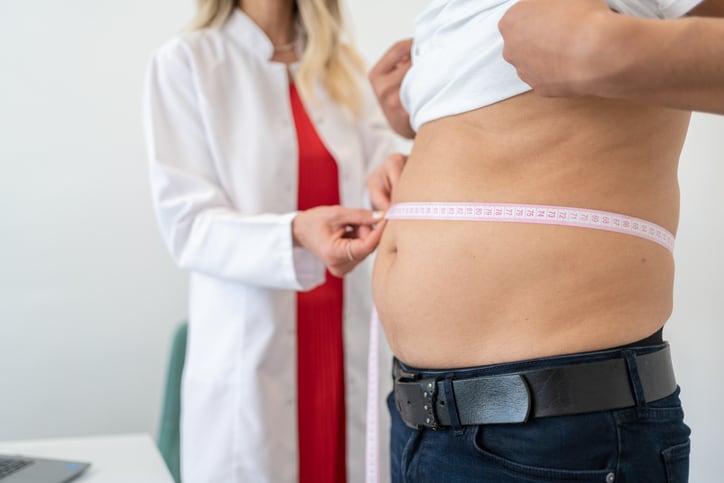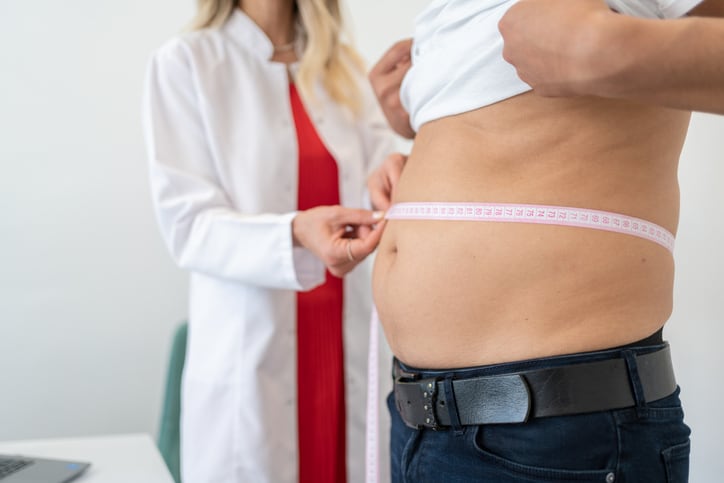The study suggested that the introduction of the Soft Drinks Industry Levy in the UK in 2018 was associated with an 8% reduction in obesity among 10- to 11-year-old girls. This may have prevented more than 5,000 girls aged 10 and 11 from becoming obese each year, the researchers estimated, with the greatest reductions (9%) seen in those living in the most deprived areas.
There was no evidence of the tax reducing obesity among boys of the same age. Neither did the researchers find any evidence of an effect on obesity among children aged four and five.
The researchers used annual repeat cross-sectional data from the National Child Measurement Programme (NCPM) on more than one million children in state-maintained English primary schools. Pupils aged 4-5 and 10-11 were followed between September 2013 and November 2019. The researchers compared the obesity levels 19 months following the introduction of the sugar tax with predicted obesity levels had the levy not happened, controlling for each child’s sex and the level of deprivation of their school area.
Dr Nina Rogers from the MRC Epidemiology Unit at Cambridge, the study’s first author, said: “We urgently need to find ways to tackle the increasing numbers of children living with obesity, otherwise we risk our children growing up to face significant health problems. That was one reason why the UK’s soft drinks industry levy was introduced, and the evidence so far is promising. We’ve shown for the first time that it is likely to have helped prevent thousands of children each year becoming obese.
“It isn’t a straightforward picture, though, as it was mainly older girls who benefited. But the fact that we saw the biggest difference among girls from areas of high deprivation is important and is a step towards reducing the health inequalities they face.”
Although the researchers found an association rather than a causal link, they said this study adds to previous findings that the levy was associated with a substantial reduction in the amount of sugar in soft drinks.
“We’ve shown for the first time that the UK Soft drink industry levy is likely to have helped prevent thousands of children becoming obese each year,” said Rogers.
Senior author Professor Jean Adams from the MRC Epidemiology Unit added: “We know that consuming too many sugary drinks contributes to obesity and that the UK soft drinks levy led to a drop in the amount of sugar in soft drinks available in the UK, so it makes sense that we also see a drop in cases of obesity, although we only found this in girls. Children from more deprived backgrounds tend to consume the largest amount of sugary drinks, and it was among girls in this group that we saw the biggest change.”
Why the sugar tax may have affected girls and boys differently
Arguably the impact of the soft drinks levy would be expected to be greater in boys as they are bigger consumers of soft drinks. Yet it’s unclear why the sugar tax might affect obesity prevalence in girls and boys differently.
One explanation the researchers put forward is the possible impact of advertising. They said numerous studies have found that boys are often exposed to more food advertising content than girls, both through higher levels of TV viewing and in how adverts are framed. Physical activity is often used to promote junk food and boys, compared to girls, have been shown to be more likely to believe that energy dense junk foods depicted in adverts will boost physical performance and so are more likely to choose energy-dense, nutrient-poor products following celebrity endorsements.
The researchers suggested there are several reasons why the sugar tax did not lead to changes in levels of obesity among the younger children. Very young children consume fewer sugar-sweetened drinks than older children, so the soft drinks levy would have had a smaller effect. Similarly, fruit juices are not included in the levy, but contribute similar amounts of sugar in young children’s diets as sugar-sweetened beverages.
Questionable modelling?
Some, including the British Soft Drinks Association, suggested the study is undermined by questionable modelling. BSDA Director General Gavin Partington, said: “Our members have led the way in calorie and sugar reduction efforts over a number of years through extensive reformulation work and by not advertising any drinks high in sugar to under 16s across all media channels, including online. While we’d be keen to learn whether the Soft Drinks Industry Levy has had any real impact on obesity, we’re inclined to be sceptical of an observational study which uses somewhat questionable modelling predictions as its baseline. There’s no doubt the levy spurred Industry to further efforts at sugar reduction but evidence of a long-term impact on obesity remains to be seen.”
Professor Tom Sanders, Professor emeritus of Nutrition and Dietetics, King’s College London, added: "The claim that the soft drink levy might have prevented 5,000 children from becoming obese is speculative because it is based on an association not actual measurements of consumption."
He also pointed out that that childhood obesity in the UK has failed to decline since the tax was introduced. According to NCPM reports, the average rates of obesity for four and five-year-olds (reception year) in 2010-2014 were 9.4% and 9.7% just before COVID. The corresponding rates in 10-11-year-olds (year 6) were 19.0% and 20.2%. The COVID epidemic had a huge impact on obesity rising to 14.4% in reception year and 25.5% in year 6 in the 2020-21 school year and the preliminary data for 2021-22 show some falls but they are still higher than in 2010-2014, being 10.4% in reception year and 23.5% in year 6.
As the children most likely to become obese, particularly during the COVID epidemic, were from the poorest households, he said tackling poverty is “probably best way to improve the diets of socially deprived children”. He added: “As well as continuing to discourage the consumption of sugar sweetened beverages and sweets,” he said “wider recognition should be given to foods such as biscuits, deep fried foods such as crisps, corn snacks and chips that make bigger contribution to excess calorie intake in children.”
Dr Simon Steenson, Nutrition Scientist at the British Nutrition Foundation, said the study provides an important insight into the potential effectiveness of the tax on soft drinks, but stressed the underlying causes of obesity are complex and so it is difficult to directly attribute a change in obesity levels to a single factor. The study’s authors also emphasised their findings were a dampening of the rate of increase in obesity among children, and not a reversal of current trends.
“Therefore, it remains important that multi-component strategies continue to be implemented to increase access to affordable healthier foods, especially among children from low-income households, and to support greater physical activity. This will require combined action from stakeholders across the public and private sectors, from the national to local levels, if we are to improve the health of the UK’s children.”
Worldwide implications?
María Dolores del Castillo, researcher at the Food Science Research Institute (CSIC-UAM), Spain, said the results of the study “are of great interest” to gain information about the effectiveness of policies that are being implemented globally to reduce sugar intake and the incidence of childhood obesity. In 2015, for example, the World Health Organization recommended implementing measures worldwide to reduce the consumption of sugary drinks.
Reference
Associations between trajectories of obesity prevalence in English primary school children and the UK soft drinks industry levy: An interrupted time series analysis of surveillance data
DOI: https://doi.org/10.1371/journal.pmed.1004160




